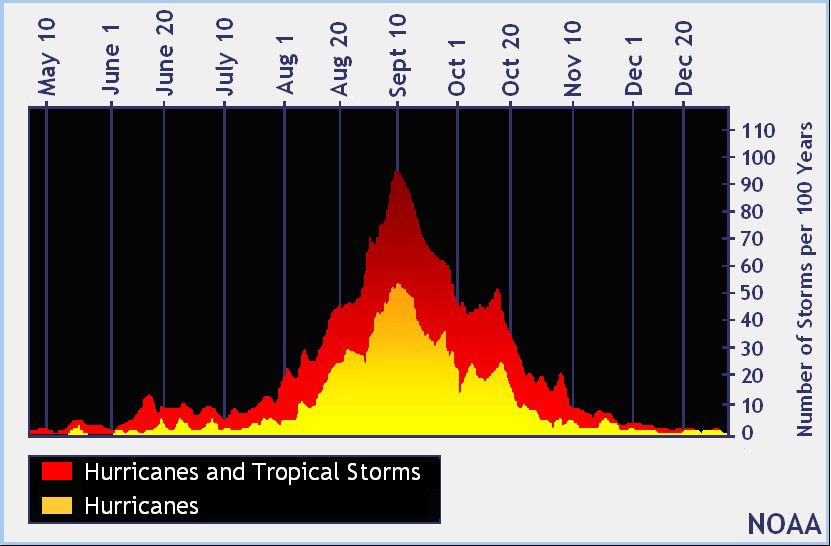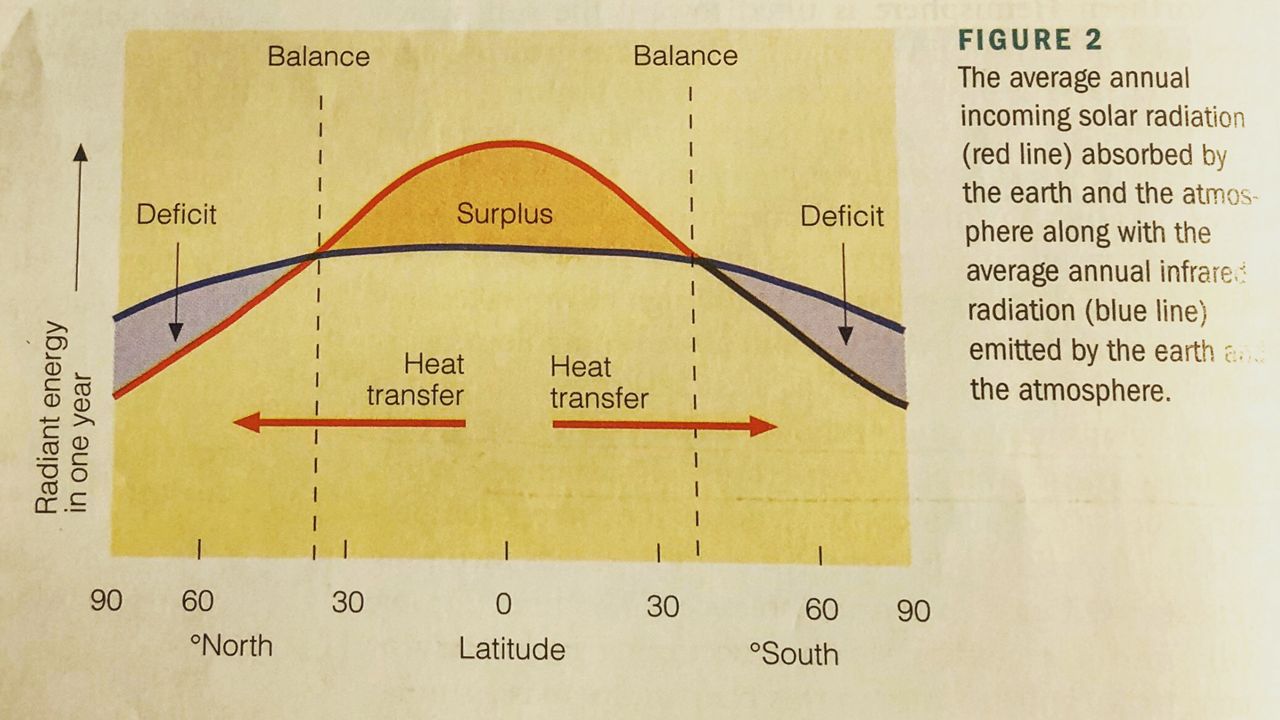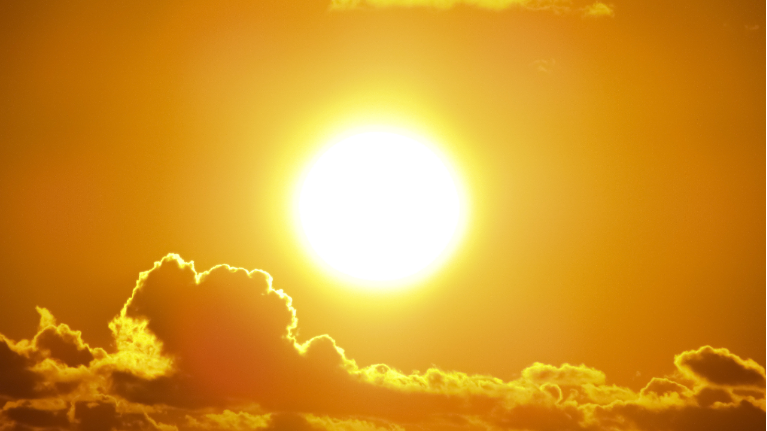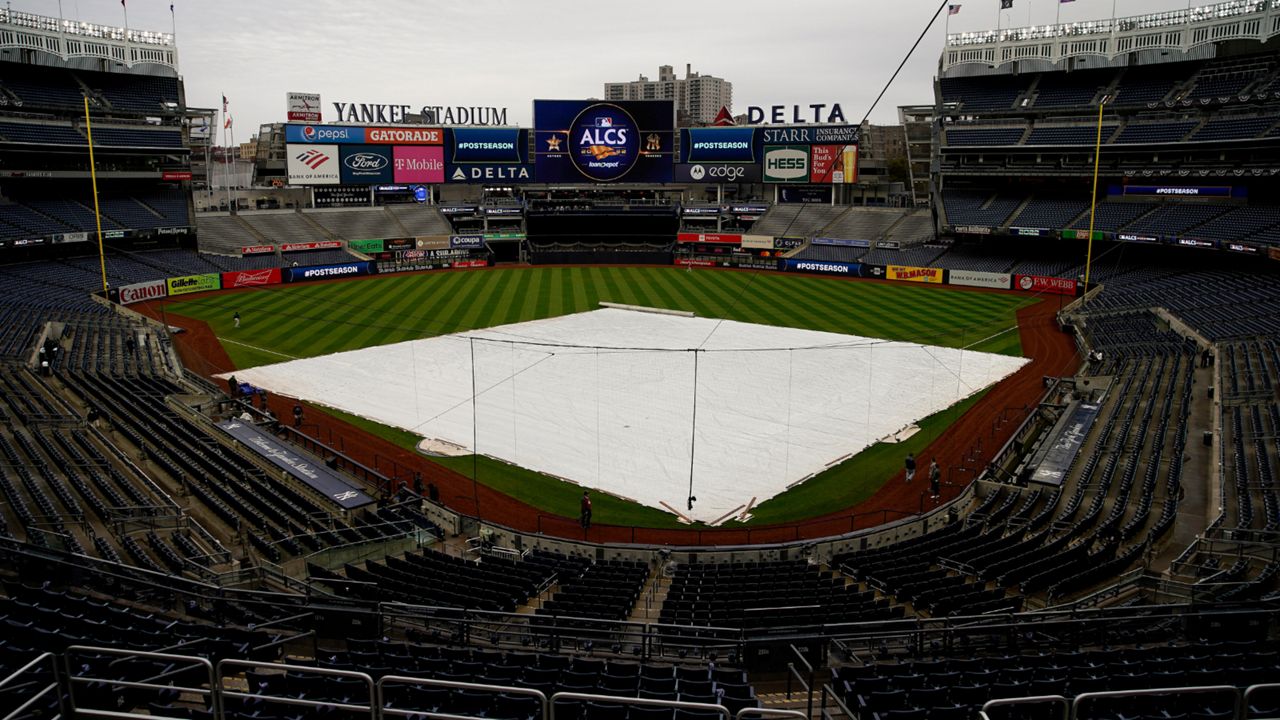The sun doesn't instantaneously heat things; it's a process.
I lived on the Gulf Coast for many years, and I remember visiting the beach in early spring on those 80 degree and hotter days. I would avoid getting in the water because I understood that a hot day in March or April doesn’t mean comfy warm water.
However, I would hear many of the beachgoers screech “This water is cold!” as they chose to get in.
Why was the water still chilly after several hot spring days?
Well, the sun heats the land much quicker than it does water because of water’s ability to store more heat. It takes a large amount of heat energy to bring about a small temperature change in water (i.e. it has a high heat capacity). That’s why it may seem like forever before a pot of water starts to boil. So, several hot days won’t cut it. Warming a body of water takes time.
Even though summer brings the warmest air temperatures, the warmest ocean water tends to be in late summer and early fall since it takes longer for the water to heat up.
Therefore, it’s no coincidence that the Atlantic Basin Hurricane Season tends to be most active in September and October (see below) when the water temperatures are highest (which is the main fuel for tropical systems).
Simply put, there’s a “lag” between the hottest time of the year and the warmest water. However, the concept of lag time doesn’t stop here.

On the first day of summer (which is June 20, 2020 for the Northern Hemisphere), the noon sun is at its highest point all year, and it’s the longest day of the year, having the most daylight hours.
Yet, it’s not typically the hottest day of the year. That tends to happen in July or early August when the daylight hours are actually getting shorter.
Why is this?

This is due to incoming sun energy exceeding outgoing earth energy well past the maximized sun energy received in June. This surplus of solar energy keeps heating the earth well into August, creating what’s known as a Seasonal Lag.
It’s the reverse around the start of Winter (December 21) when there’s a maximum energy deficit, but the coldest temperatures aren’t usually until January or February.

Oh, and don’t forget the lag that takes place every day. The sun is at its highest point each day at noon, but the hottest time of the day is delayed by several hours, usually between 3 p.m. and 5 p.m. (see the above graphic).
It’s due to the same concept as previously mentioned earlier, a surplus in the sun's energy for several hours past noon leading to additional warming and the delayed “high” temps.









